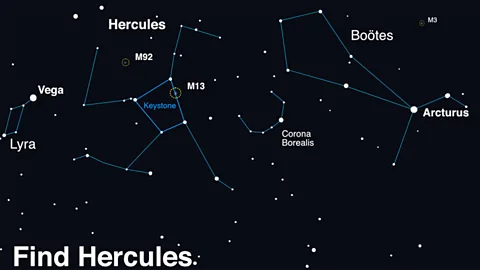
Star Explosion 'Visible to the Naked Eye' is Coming
Share
Amateur astronomers and professional observers alike are eagerly anticipating a rare cosmic event – a nova explosion within the Corona Borealis constellation. Predicted to occur sometime between now and September 2024, this stellar outburst will be visible to the naked eye, offering a captivating glimpse into the violent beauty of stellar evolution.
The Star System and the Recurring Nova:
The impending nova originates from the T Coronae Borealis (T CrB) binary star system, located approximately 3,000 light-years from Earth. T CrB itself is a white dwarf, a stellar remnant with an incredibly dense core. Its companion is a red giant star, constantly shedding stellar material. Over time, this material accumulates on T CrB's surface. When a critical mass is reached, a thermonuclear explosion ignites, causing the white dwarf to dramatically increase in brightness.
Unlike most novae, which erupt sporadically, T CrB is a "recurrent nova." This predictable cycle, occurring roughly every 80 years, is attributed to the ongoing exchange of material within the binary system. The last recorded nova from T CrB occurred in 1946, making the upcoming event a significant occasion for astronomical observation.

The Celestial Light Show and its Significance:
The anticipated nova explosion will cause T CrB's brightness to soar, transforming it from an invisible speck into a dazzling star readily visible to the naked eye. Its peak brilliance is expected to rival that of Polaris, the North Star. Observers should search for the constellation Corona Borealis, also known as the Northern Crown, to witness the emergence of this "new" star.
Beyond its visual splendour, the T CrB nova offers valuable scientific insights. By studying the explosion, astronomers can gain a deeper understanding of thermonuclear processes within white dwarfs and the complex dynamics of binary star systems. This information contributes to our overall comprehension of stellar evolution and the intricate balance of forces that govern stellar behaviour.
A Once-in-a-Lifetime Opportunity:
The upcoming nova explosion in Corona Borealis presents a unique opportunity for both seasoned astronomers and casual skywatchers. This celestial spectacle serves as a powerful reminder of the dynamic nature of the universe and the awe-inspiring processes at play within distant stars. By marking your calendars and finding a suitable observing location, you can witness this rare event firsthand and experience the captivating beauty of a nova in all its brilliance.
You’ve come this far…
Why not venture a little further into A.S.S. - our exclusive Australian Space Society.
And keep thrusting Australia into the deep unknown…
#Space_Aus





2 comments
Hey, can you PLEASE tell us which DIRECTION to look at and what time to view it, from both northern and southern hemisphere. These blogs assume we all know where to find Bootes and Arcturus in the sky from any point in earth, but we don’t all have that knowledge
Will it be visible in hong kong?